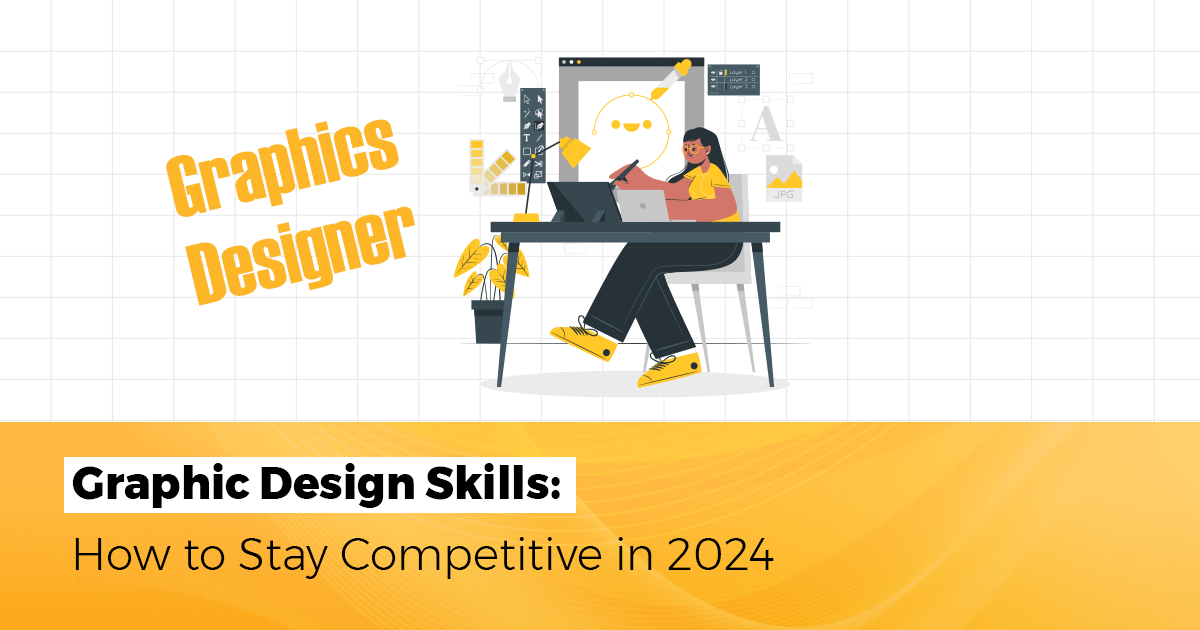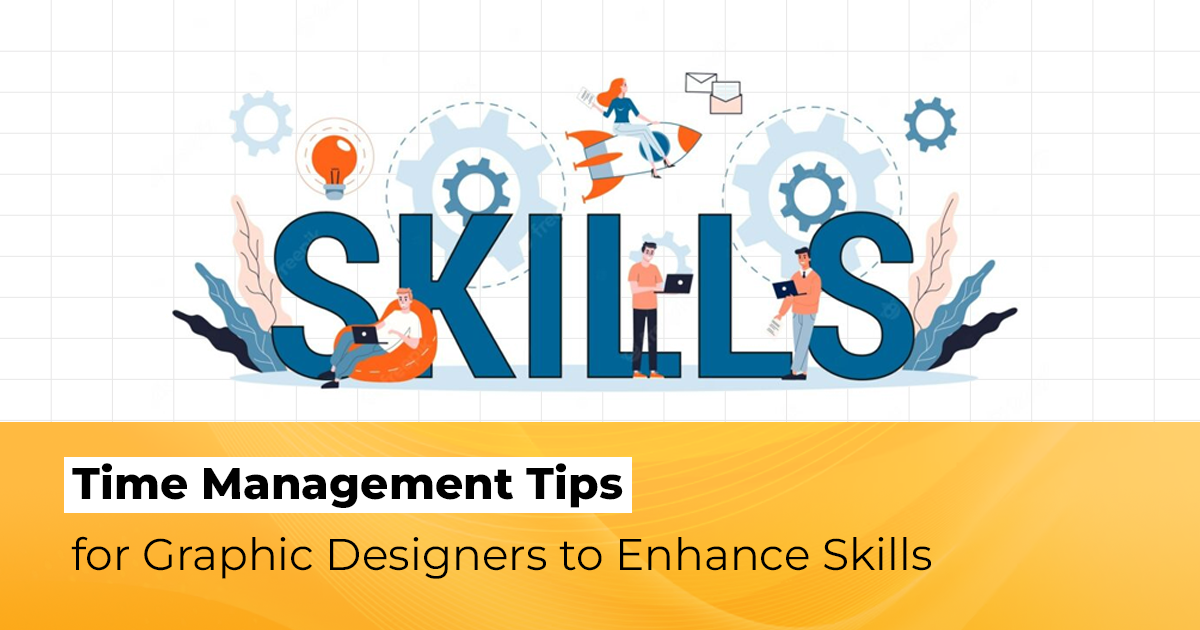There is no other industry that has gone through as great a transformation about how tasks get done through artificial intelligence as has the ever-changing art of graphic design. By 2025, there will be a significant demand for creative, functional, and efficient designs. Thus, it is critical that designers adapt to all these changes if they want to be above the rest of the competition. This blog discusses the most excellent AI design tools and software that automate graphic design and provides insight into how these tools can be used to optimize the creativity process.
Also Read: How to Design a Stunning Portfolio That Stands Out
AI Design Tools’ Ascent
Advances in AI technology have revolutionized graphic design by leaps and bounds. Although not useful tools, AI design tools are feverishly making processes smoother and more creative. These data analytics and machine intelligence-endowed tools are enablers for graphic artists to deliver quality at short notice. Graphic design automation is one of the factors redefining traditional approaches to design.
The AI Tools Graphic Designers Will Need in 2025
Because of their effectiveness and usability, some AI design tools stand above others as we enter the future. Below is the list of most advanced ones which any graphic designer should look out for inclusion into their kit;
1. Magic Write on Canva
Canva is now going to transform the design world further with the introduction of a new AI feature called Magic Write. The tool is an interface provided to the user who puts graphic design and text generation together in one go. Using only a few keywords, one can develop very complex designs with custom-made content. This not only saves time but also keeps the consistency of a project in control.
2. The Adobe Sense
The AI and machine learning technology, Adobe Sensei, enhances several Creative Cloud applications. This is the AI program, for designers, that evaluates the design elements to help users make informed judgments on color schemes, typography, and picture enhancement. It, in addition, performs monotonous tasks and lets designers focus more on the creative aspects of the project. Most importantly, due to Adobe Sensei’s predictive capabilities, one can always be ahead of the curve by predicting design trends.
3. Looka
Looka is the logo design tool that best represents the coming together of AI with graphic design. It is powered by machine learning algorithms, which create unique logo designs based on user preferences and industry standards. It considers colours, style, and shapes to give personalized results. Such a level of automation gives ample freedom to be creative while still creating professional logos in record time.
4. Fotor
Fotor is an AI-driven photo editing and graphic designing platform that lets designers enhance the images. Since it is on AI, thus there are automatically enhancements, backgrounds deletions along with picture qualities improvement options in it. A very user-friendly platform for the best experience by novices as well as professional designers. It hosts many templates. This makes convenience for users not to start a project from scratch; thus, such platforms give astounding results in its output.
5. DeepArt
DeepArt is an artistic tool that transforms ordinary photos into artworks through the application of techniques known from famous artists and styles. This AI application gives new possibilities for the creativity of designers with its deep learning algorithms. As in graphic design, graphic designers can easily apply artistic filters and styles. These add depth and uniqueness to the work done and this is where, in substance, it surpasses the creative toolkit into the aesthetic look of design.
Future of Graphic Design Automation
The growth of technology is an area that demands the embracement of AI design tools by graphic designers in aiding automation. The tools make the process smooth and enhance collaboration among design teams. AI-driven solutions can enable designers to outsource mundane tasks to software, freeing up the ability to work on high-level creativity and innovation.
The future of graphic design is in the symbiotic relation between human creativity and artificial intelligence. That relationship calls for more emphasis on the need for designers to evolve with the technology that supports them. By 2025 and way past that, it will be important for graphic designers to continue exploring and adopting the best AI software solutions available to stay relevant in a highly competitive industry.
Conclusion
Indeed, this overview on how graphic design practices are integrating with AI tools is a fantastic step for creative industries. Canva with Magic Write, Adobe Sensei, Looka, Fotor, DeepArt, among many others makes today’s designer a more productive and creative individual. The future of graphic design changes, and enough cannot be said about the urgency of using AI design tools as well as the adoption of graphic design automation. That is how graphic designers are optimizing not only their workflows but also their position at the forefront in an increasingly digital and automated world. Surely, these innovations will usher in more inspired and impactful design solutions in the future.





